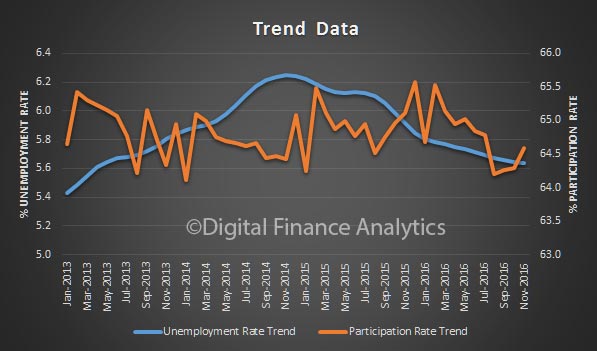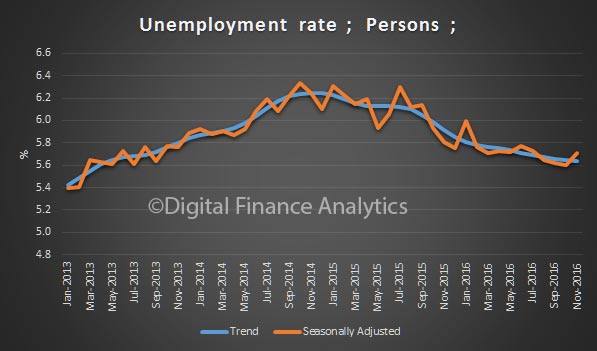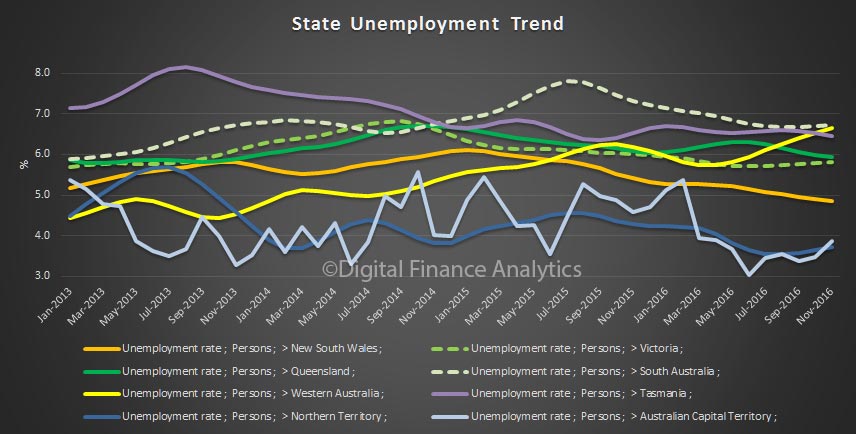Monthly trend full-time employment was largely unchanged in Australia in November 2016, according to figures released by the Australian Bureau of Statistics (ABS) today.
Total trend employment increased by 3,100 persons to 11,949,300 persons in November 2016, reflecting an increase in part-time employment of 3,200 persons and a small decrease of 100 persons working full-time.
“Over the past year we have seen a shift towards part-time employment, particularly in the first half of 2016. There are now around 138,300 more people working part-time than there were a year ago, and around 51,000 fewer people working full-time,” said the General Manager of ABS’ Macroeconomic Statistics Division, Bruce Hockman.
The trend unemployment rate remained steady at 5.6 per cent for the second consecutive month, having fallen over the past two years from 6.2 per cent in November 2014.
The trend participation rate was unchanged at 64.5 per cent.
The trend monthly hours worked increased by 0.8 million hours (0.1 per cent), with decreases in total hours worked by full-time workers and an increase in hours worked by part-time workers.
The quarterly trend underemployment rate remained at 8.5 per cent for a third successive quarter. “The underemployment rate is still at a historically high level for Australia, but has been relatively unchanged over the past two years,” said Mr Hockman.
Trend series smooth the more volatile seasonally adjusted estimates and provide the best measure of the underlying behaviour of the labour market.
The seasonally adjusted number of persons employed increased by 39,100 in November 2016. The seasonally adjusted unemployment rate increased by 0.1 percentage points to 5.7 per cent, and the seasonally adjusted labour force participation rate increased by 0.2 percentage points to 64.6 per cent.
Participation improved this time.
 The state level data shows that unemployment is highest in SA, WA and TAS, and lowest in NT and ACT.
The state level data shows that unemployment is highest in SA, WA and TAS, and lowest in NT and ACT.


